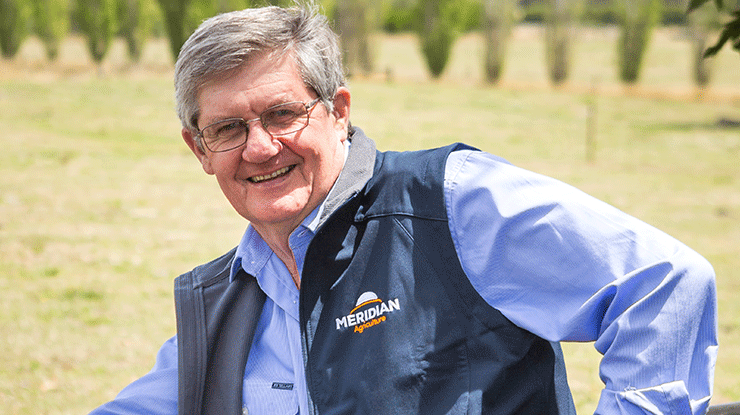
The secrets to smooth succession
Are you starting to think about your succession plan? Mike Stephens, agricultural consultant and Director of Meridian Agriculture in Victoria, outlines what’s needed to successfully hand over the farm.
Mike has been advising producers on succession planning for around 40 years and is currently completing his PhD on the subject.
At a recent MLA BeefUp Forum in Mareeba, he shared a story he said is far too common.
“I was part of a family conversation about succession when the husband looked at his watch and said ‘oh dear, I have to go and check that cow that’s calving’,” Mike said.
“The air was pretty thick so I opted to go and help him. We jumped in the ute and drove out to the top of hill where he got out calmly and just stood. I said ‘where’s that cow?’ and he told me there’d been a lot of non‑existent calving cows over the years.”
Mike said this was a classic example of avoidance which, unfortunately, tends to go hand‑in‑hand with farm succession planning.
Mike has a recipe for smooth succession backed by years of first‑hand experience and comprehensive analysis, including case studies co‑funded by MLA Donor Company (MDC).
Be proactive, not reactive
Succession of a viable farm business is a financial reality for only a few – potentially only 30% of farm businesses achieve it, according to data from the Australian Bureau of Agricultural and Resource Economics and Sciences.
A Meridian survey of professionals who, between them, advised 6,500 farm businesses, showed most producers don’t have a succession plan and are reluctant to develop one.
Start early
The first step is to start the conversation early and don’t wait for a catastrophe to force your hand.
“It’s never too early to start planning for succession by building the business,” Mike said.
“If you do that, you have choices. Succession is a very long process.”
In it for the long haul
Building a business for succession is a long‑term project.
Mike said there are generally three aims of family farming:
- having the funds to enable retirement
- having a viable farm for the children who want to farm
- having sufficient funds for the non‑farming children to be happy.
“Often a good plan is one where nobody is overjoyed but nobody is harbouring resentment.”
|
Road to success Mike said a smooth succession requires families to:
|
How to get started
“A succession plan is how you move the responsibility for management, for getting the work done and eventually ownership from one person or a group to another person or group,” Mike said.
The process could play out like this:
- Give some serious management responsibility to a certain family member.
- Next, make that person a genuine partner.
- Let them take ownership of the business separately from the land.
- Finally, identify how they can buy the land.
“By taking this stepped approach, you can allow them to start to buy out siblings early,” Mike said.
“No two plans are the same and there’s a whole range of things you can do from an early stage.”



